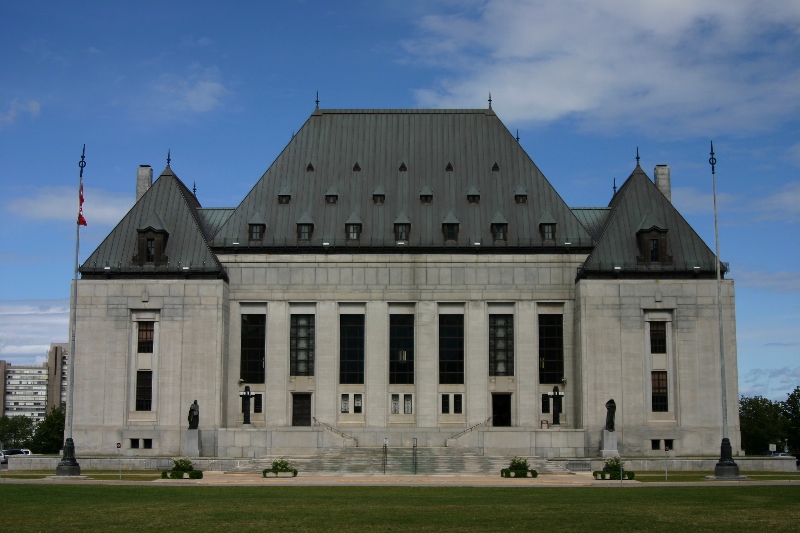In Canada’s National Post, Alan Borovoy of the Canadian Civil Liberties Association asks, ‘Why should mere fictional portrayals engage the legal processes?’
On Feb. 27, 1992, 23 years ago, the Supreme Court of Canada upheld the constitutionality of Canada’s obscenity law. Despite the obvious vagueness of what the law targeted, “the undue exploitation of sex,” none of the judges could find a fatal defect in the impugned statute. So, instead of overturning the enactment as hopelessly incomprehensible, our legal giants decided to supply a definition themselves.
They told us that the exploitation of sex would become “undue” at the point when Canadians generally would not tolerate other Canadians being exposed to the material in question. Incredibly, the Court declared that this approach was “intelligible.” But “intelligible” to whom?
Consider a practical problem. Periodically certain convenience stores receive packages of American magazines, laden with sexual content. How are the store owners supposed to know whether their fellow citizens would be pleased, thrilled, bored or repelled by the magazines?
The Supreme Court judgment purports to provide guidance. According to the judges, any material portraying sex coupled with violence will “almost always” be deemed “obscene.” But legitimate art and literature overflow with portrayals of sex coupled with violence.
Continue reading…






